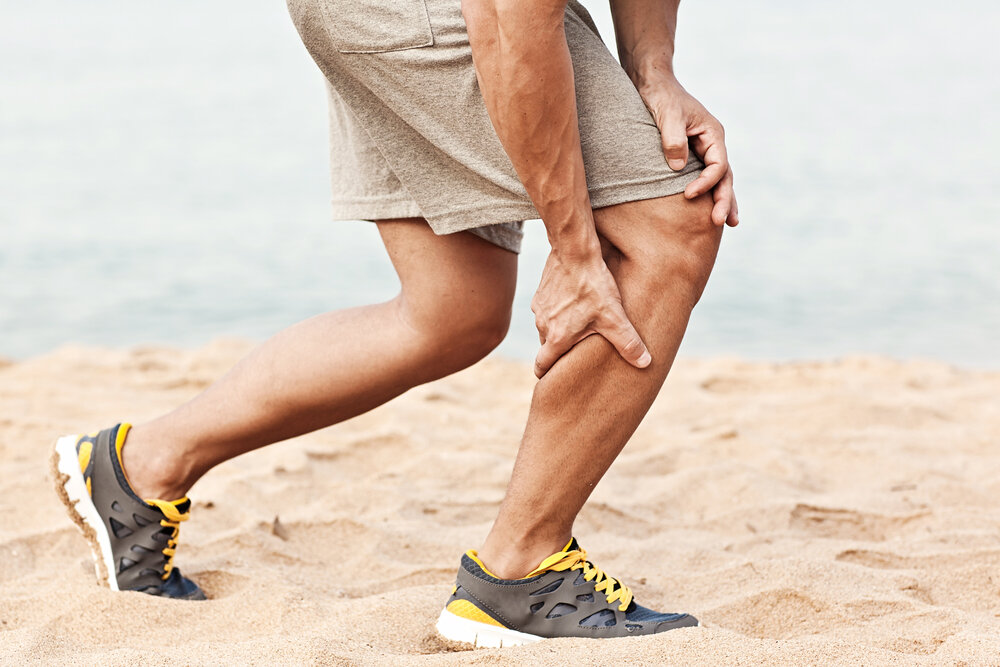Pain Management & Home Care
Pain management is a big topic these days. Many states have seen a startling increase in pain medication abuse over the past decade with drugs like Fentanyl and other opioids prescribed for pain relief, perhaps too readily. Opioids continue to be a concern as a treatment substance as they can induce a state of extreme relaxation and euphoria - and are highly addictive. Still, today, pain management experts are no closer to figuring out a failsafe way to deal with chronic pain.
Inevitably, pain will affect all of us at multiple points in our life. As we age, pain becomes a more common companion, based simply on the breakdown of our physical body. So how can we manage pain as we age - particularly in our elderly years… and as it relates to home care?
Alternatives to Pain Medication
Yes, you can use medication to treat pain. And yes there are risks and general side effects to medication including addiction. While pain medication is the easiest route (you pop the pill in your mouth or slap the patch on your arm), there are a host of other options for addressing pain.
TENS (transcutaneous electrical nerve stimulation) therapy
Meditation
Relaxation techniques
Visual imagery, as simple as picturing a peaceful scene, for example
Biofeedback, which teaches control over muscle tension, temperature, heart rate
Heat and cold therapy
Manipulation and massage
Physical therapy
Cognitive Behavior Therapy
Acupuncture
Acupressure
Massage
Identify the Pain
It’s important to address pain when you notice it. Each person and their pain are unique. The best way to manage your case could be very different from what works for someone else.
Acute pain starts suddenly and usually feels sharp.
Acute pain may be mild and last just a moment. Or it may be severe and last for weeks or months. In most cases, acute pain does not last longer than 6 months, and it stops when its underlying cause has been treated or has healed.
If the problem that causes short-term pain isn’t treated, it may lead to long-term, or “chronic” pain.
Chronic pain lasts longer than 3 months, often despite the fact that an injury has healed. It could even last for years.
Stay Active
Remember, it’s important to keep moving. It used to be the recommendation that we rest with the onset of pain. But now, professionals have learned that movement helps you stay stronger and move better. Activities can be thoughtfully swapped. For instance, if you used to run and your joints can’t take that now because you have a chronic condition like osteoarthritis, you might be able to switch to something like biking or swimming.
Contact your doctor with any concerns regarding pain. Medication doesn’t need to be the first line of defense. Rather, it’s your awareness and willingness to get on top of the pain that leads to better outcomes long term.
Pain Management at Home: Broad Street Can Help
Our Personal Assistants can help you stay aware of small changes in your physical well-being over time. Through our Professional Network we can provide doctors and other supportive professionals for pain management.
For more information, please call 847.728.0134.

